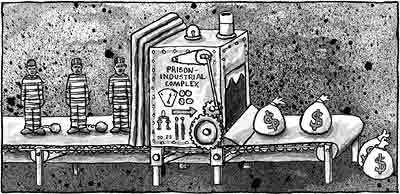
In an unprecedented retelling of modern judicial history, a retired chief justice gives us a glimpse inside the way things have worked at the Michigan Supreme Court.
The book reveals much that has hitherto been hidden from public knowledge. But even at 770 pages, the justice says the tome is “only a little more than the tip of the iceberg.”
The story is told through court documents, internal communications, and detailed interviews. The book also compiles media accounts and other interviews that put the history in context. Through it all is the narrative of the justice who—at great
personal cost—led the struggle to let the people of Michigan know what had been going on.
In her nearly 16 years on the Michigan Supreme Court, Elizabeth Ann Weaver has seen just how justice can move from mostly serving the public to the ways it can be put to use for political, personal, and ideological gain.
She maintains that purpose in her most recent revelations: the book is written to share with citizens the need for reform in the way the state selects its justices and to illustrate the need to eliminate unnecessary secrecy and to encourage openness and transparency in the transaction of the people’s judicial business. (There is an appendix in the book that lists recommended reforms.)
Weaver began her judicial
career as a part-time probate/juvenile trial judge in sparsely populated Leelanau County. By dint of her ability, determination, and her character she was elected six more times including twice more at the trial court, twice at the Court of Appeals (a district representing 66 counties of 3.1 million people), and twice at the Supreme Court (all 83 of the state’s counties of then more than 10 million people).
As the court was taken over by gubernatorial appointees, people ill-suited and not always qualified for the work, things grew stranger and stranger. Weaver relates her experience of the explosive fellow justice who would repeatedly browbeat staff (who also carried a firearm into the building), the justice who would go after lawyers who disagreed with him, justices who violated fund-raising practices, justices who would claim to be conservatives but who would behave as activists and change the law from the bench. And every time that Weaver would
step up to warn them or to stop them, they would attack her, refusing to publish her dissents, even promoting or creating a “gag order” that they thought would keep her from speaking out.
Read More:
http://judicialdeceit.com/


 According to the authorities, Christopher Jordan Dorner (photo, left) is a violent domestic terrorist.
According to the authorities, Christopher Jordan Dorner (photo, left) is a violent domestic terrorist.































